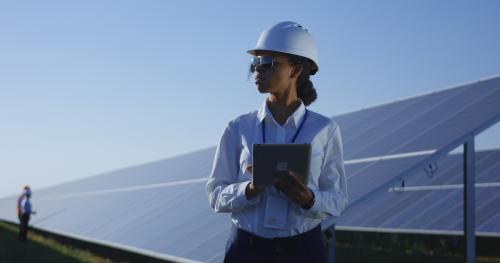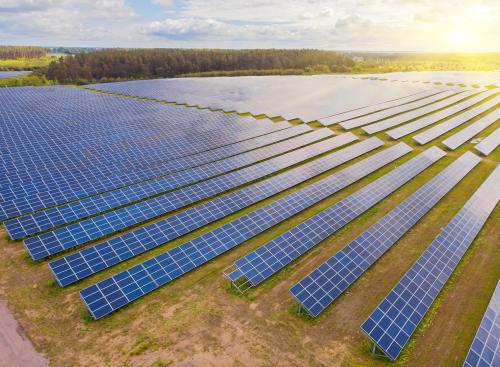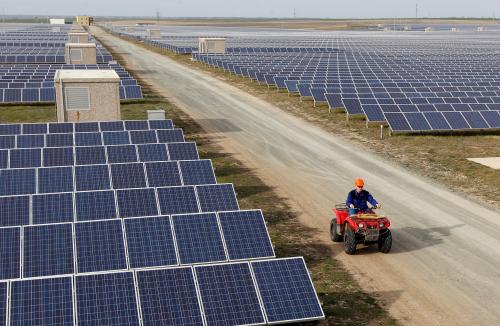EXECUTIVE SUMMARY
Decreasing greenhouse gas emissions in the electricity sector is crucial to avoiding the worst impacts of climate change. The American public overwhelmingly favors renewable power and the costs of wind and solar power have declined rapidly in recent years. However, inherent attributes of wind and solar generation make conflicts over land use and project siting more likely. Power plants and transmission lines will be located in areas not accustomed to industrial development, potentially creating opposition.
Wind and solar generation require at least 10 times as much land per unit of power produced than coal- or natural gas-fired power plants, including land disturbed to produce and transport the fossil fuels. Additionally, wind and solar generation are located where the resource availability is best instead of where is most convenient for people and infrastructure, since their “fuel” can’t be transported like fossil fuels. Siting of wind facilities is especially challenging. Modern wind turbines are huge; most new turbines being installed in the United States today are the height of a 35-story building. Wind resources are best in open plains and on ridgetops, locations where the turbines can be seen for long distances.
Building on previously disturbed land and combining renewable power with other land uses, like agriculture or building solar on rooftops, can minimize land use conflicts.
Even though people like wind and solar power in the abstract, some object to large projects near their homes, especially if they don’t financially benefit from the project. Transmission for renewable power can also be unpopular, and even more difficult to site when the power is just passing through an area, rather than directly benefiting local residents. This is an issue today building transmission to move wind power from the Great Plains and Upper Midwest states to cities in the east.
Technological and policy solutions can lessen the land use impact of renewable power and the resulting public opposition. Offshore wind eliminates land use, but it raises opposition among those concerned with the impact on the environment and scenic views. Building on previously disturbed land and combining renewable power with other land uses, like agriculture or building solar on rooftops, can minimize land use conflicts. Community involvement in project planning and regulations for land use and zoning can help to alleviate concerns. Nevertheless, there is no perfect way to produce electricity on an industrial scale. Policymakers must recognize these challenges and face them head-on as the nation transitions to a lower-carbon energy system.







